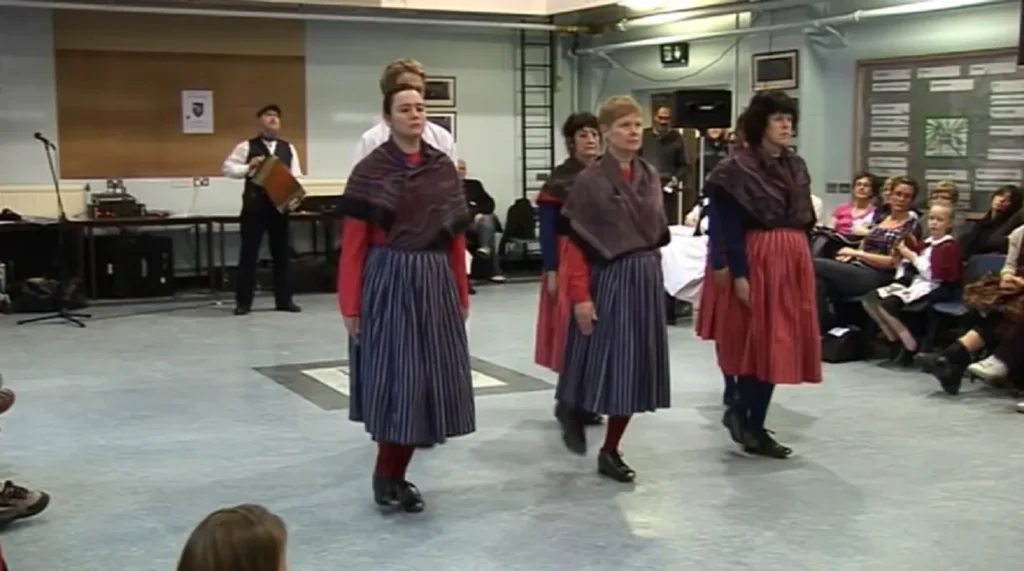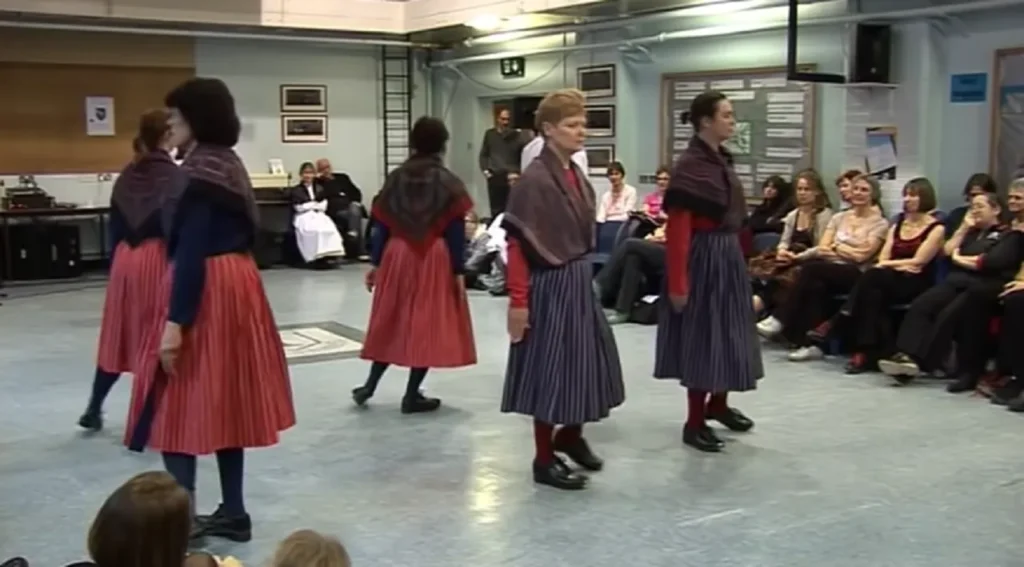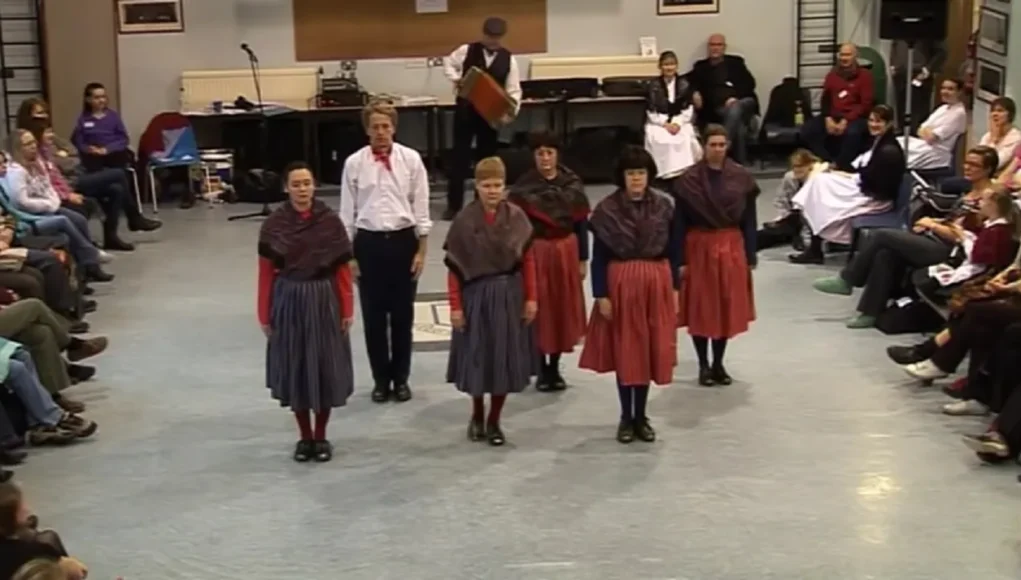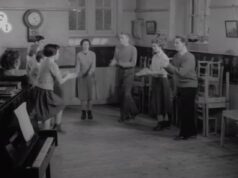Clog dancing is an essential part of British folk culture. This dance form, especially in East Lancashire, holds historical importance due to its connection with the mill workers of the 19th century. Camden Clog dancers keep this tradition alive with their unique style, learned from the famous Pat Tracey. This article explores the cultural and historical significance of clog dancing, showcasing its deep roots and the precision required in its performance.

The Historical Significance of Clog Dancing
Clog dancing is strongly tied to the life of 19th-century textile mills. These mills were not only places of work but the heart of many communities. The repetitive nature of the work influenced the rhythms of clog dancing. Each step, from heel to toe, was a reflection of the workers’ daily grind. Clog dancing became a release and a way to transform the human body into a living loom. The precise movements and stoic expressions symbolized the resilience of the mill workers.
The Art of Precision in Clog Dancing
Precision is key to clog dancing. Camden Clog dancers are masters of choreography, moving in complete synchronization. Their performances require clockwork precision, as every step must be timed perfectly to create the desired visual and auditory impact. This precision isn’t accidental; it is the result of rigorous discipline and practice. Camden Clog dancers dedicate themselves to preserving the art’s high standards, undergoing intense training to maintain this level of perfection.

The Camden Clog dancers
Clog dancing is more than a dance—it’s a cultural treasure. The Camden Clog dancers keep this tradition alive, showcasing the resilience and artistry of mill workers. The combination of historical significance and modern dedication ensures that clog dancing remains a vibrant part of British cultural heritage. Exploring this tradition provides a deeper appreciation of the art form and its connection to the past.






